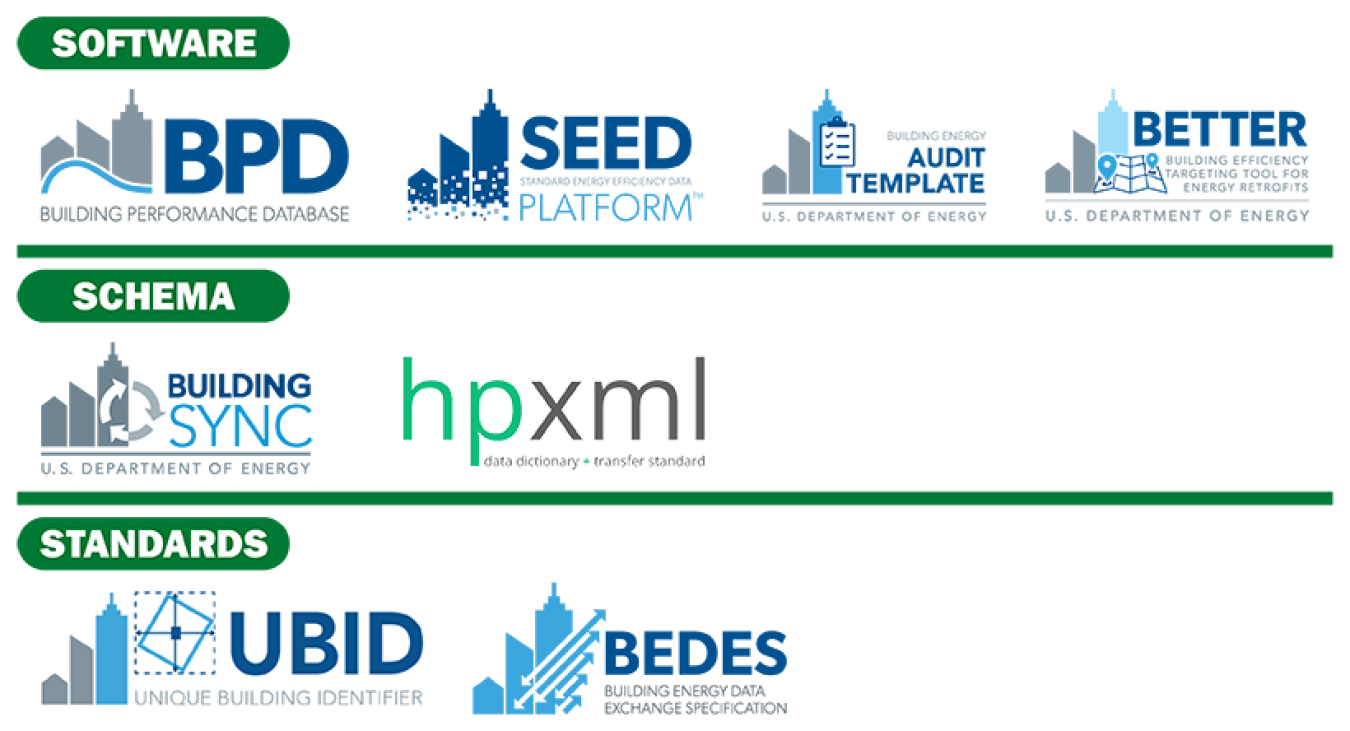
“If you can’t measure it, you can’t improve it.” Lord Kelvin’s famous truism certainly applies to building energy use. But whereas it has been possible to measure building energy use at the meter since nearly the start of centralized energy generation and distribution, that alone has not been sufficient to drive reductions. To drive action, energy use must be correlated with assets and activities in the buildings and all of this information must be available in the right form to the right people at the right times.
Today, data related to buildings and their energy use is increasingly available. The challenge has shifted from measurement to management—curation, organization, and analysis, along with privacy. To address this challenge, BTO’s Building Energy Data (BED) subprogram supports two sets of activities, categorized broadly as data standards and management and analysis software.
Data Standards
Standard dictionaries (ways of naming data) and schema (ways of organizing related data items and denoting their relationships) promote interoperability (the reuse of data across tools), reduce effort and error associated with transporting and translating data, and increase the value of data.
-
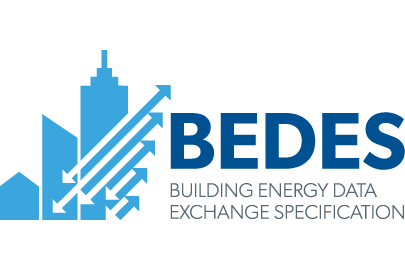 BEDES is a dictionary of terms, definitions, and formats for building energy data. It promotes interoperability among building energy applications.
BEDES is a dictionary of terms, definitions, and formats for building energy data. It promotes interoperability among building energy applications. -
 UBID is an easily constructible unique geospatial identifier for buildings. UBID helps unambiguously identify building records in databases.
UBID is an easily constructible unique geospatial identifier for buildings. UBID helps unambiguously identify building records in databases. -
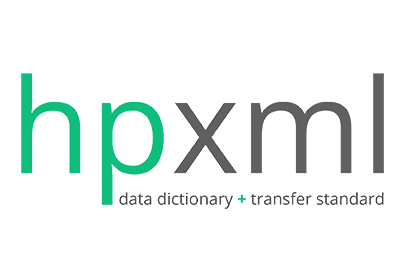 HPXML is a data standard that facilitates the exchange of information on residential energy performance and efficiency.
HPXML is a data standard that facilitates the exchange of information on residential energy performance and efficiency.
Software
Open-source software that provide basic functionality for managing data that complies with standard dictionaries and schema increase the availability of data, supporting new applications and services and increasing demand for that data, creating a virtuous cycle.
-
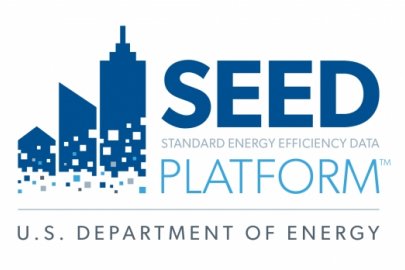 SEED is an open-source database for organizing, querying, analyzing, and sharing building energy data. It supports disclosure laws, building performance standards, and other use cases.
SEED is an open-source database for organizing, querying, analyzing, and sharing building energy data. It supports disclosure laws, building performance standards, and other use cases. -
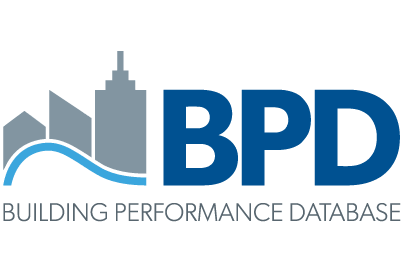 The BPD is the largest publicly available database of building energy data, with over one million records. BPD’s data visualizations promote understanding of the building stock to inform program development and policy decision making.
The BPD is the largest publicly available database of building energy data, with over one million records. BPD’s data visualizations promote understanding of the building stock to inform program development and policy decision making. -
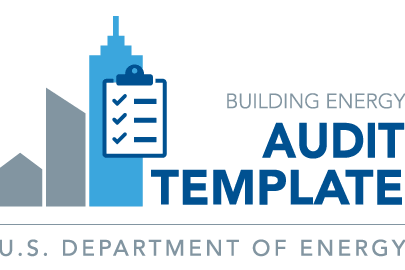 Audit Template is a standardized customizable data form used to collect, view, and export building assets or energy audit information.
Audit Template is a standardized customizable data form used to collect, view, and export building assets or energy audit information. -
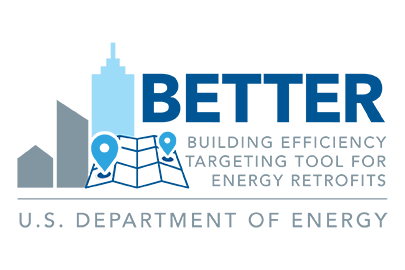 BETTER is software for building operators to identify the most cost-saving energy efficiency measures using readily available data.
BETTER is software for building operators to identify the most cost-saving energy efficiency measures using readily available data.
Completed Projects
Increasing availability of unstructured data such as images of various kinds and vantage points (e.g., street view, aerial, and IR) along with other environmental and electronic data (e.g., wi-fi connections and activity) encode information that is relevant to building energy use. Methods that extract this information reliably while preserving privacy can enhance different building energy-efficiency processes including auditing, retrofit planning, and operations.



